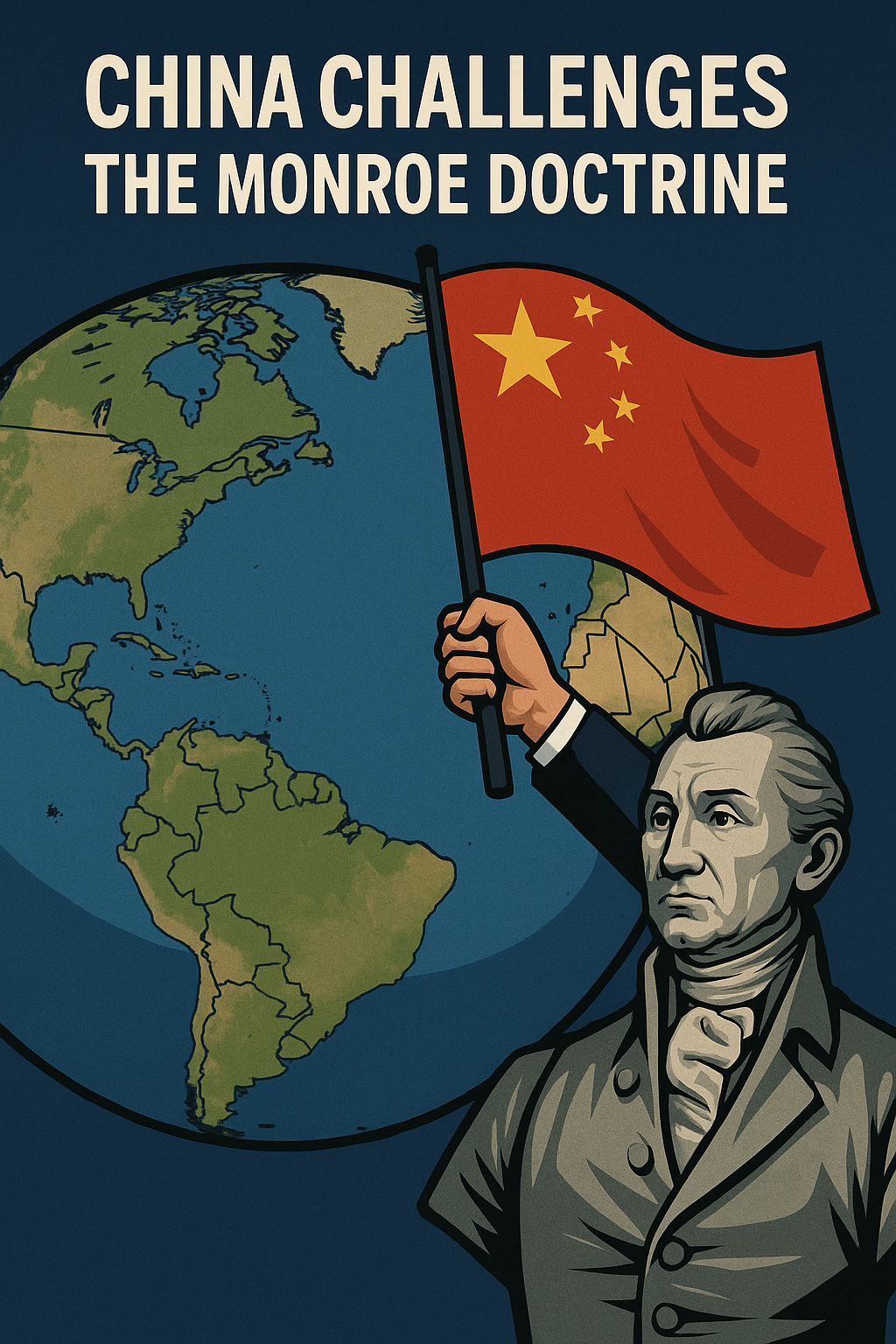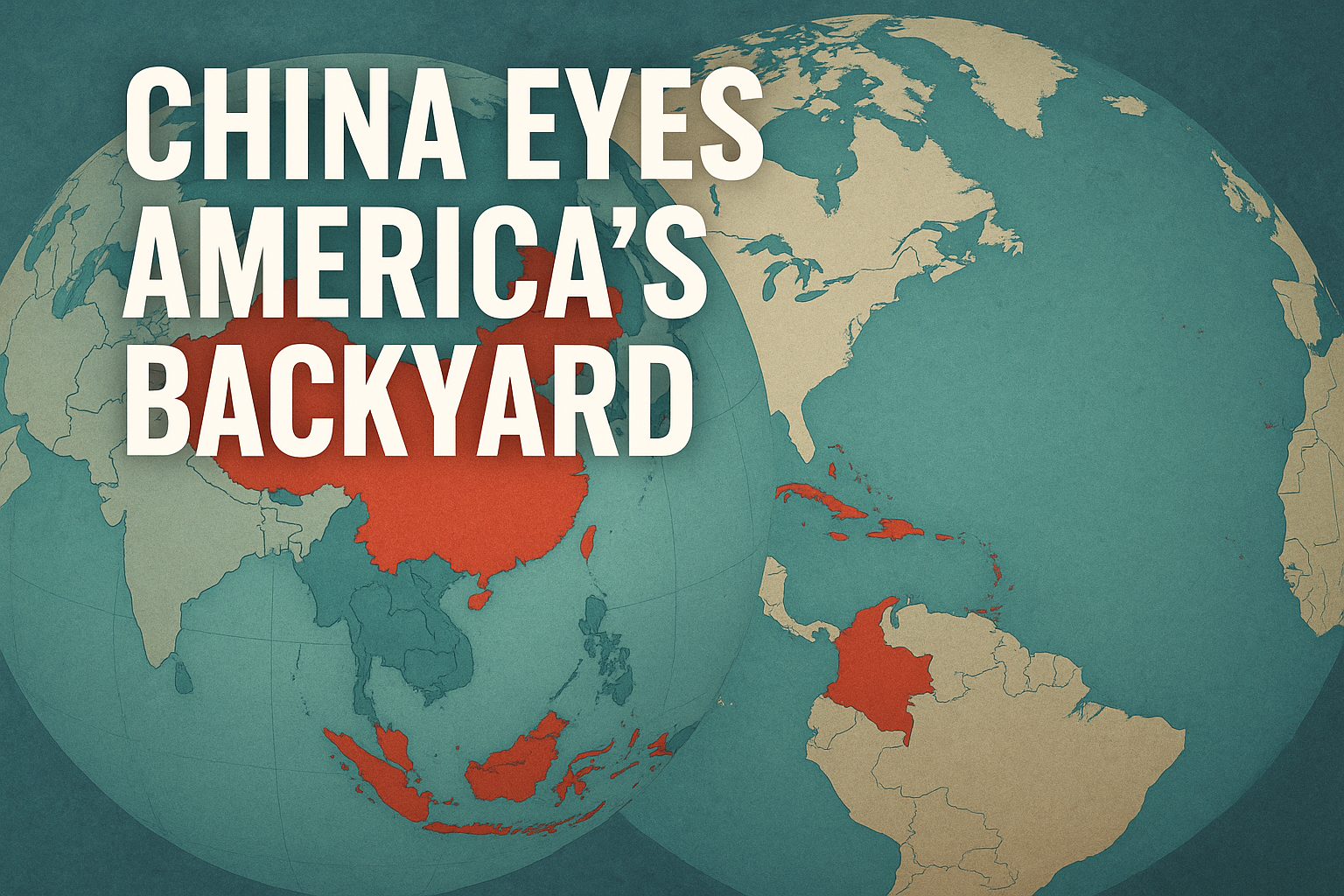 By Tom Clifford in Beijing
By Tom Clifford in Beijing
A major geopolitical change is taking place in America’s backyard as one of Washington’s key foreign policy tenets is being openly, almost brazenly, challenged.
The irony screams. Washington is threatening China, well sort of, kind of, over Taiwan. We might, we will, we’ll consider, we’ll help the island defend its self sums up the mixed messaging from US politicians. But right under Washington’s nose China is dipping its toe into the Caribbean to test the waters. This is not, it must be stressed, for purely commercial reasons or unrelated to Taiwan. The largest cluster of its dwindling allies is in the region, with 7 out of 12. The latter figure includes the Holy See which desperately want to establish an official presence in China.
China views the island off its southern coast, where the defeated Kuomintang took refuge after the communists gained power in 1949, as its territory. This is its “Monroe Doctrine”.
The US, of course, has the original. The doctrine, asserting US primacy in Latin America and the Caribbean was declared on December 2, 1823. President James Monroe set it down as official policy when he delivered his 7th State of the Union address before Congress.
In short, the doctrine stipulated that the US would oppose interference in the region from foreign powers, establishing it as America’s backyard.
Military interventions in Latin America and the Caribbean by the US were conducted under the umbrella of the doctrine, once described as the best friend dictators could have.
Without any fanfare, this doctrine is being turned upside down as China quietly and with little fanfare fills the vacuum left by US President Donald Trump slashing the overseas aid budget, and generally retreating from international commitments.
China is not hiding its intentions. In May, China’s President Xi Jinping pledged a $9 billion credit facility to boost China’s footprint in the region during a summit for Caribbean countries in Beijing.
This follows the surge of Chinese trade with the Caribbean that ballooned from $1 billion in 2002 to more than $8 billion in 2019.
China is not a Johnny-come-lately to the region. Its ties stretch back to the sixteenth century with seaborne trade in porcelain, silk, and spices.
Trade may be the driving force of modern-day ties but make no mistake about it, China is viewing the Caribbean as a major strategic site.
On a purely per-capita basis there have been more visits by Chinese military officials to the Caribbean than any other region.
The growing Chinese presence manifests itself in various ways, not least along the US border.
The US House Homeland Security Subcommittee on Oversight, Investigations, and Accountability, reported last year that on both the Canadian and Mexican borders there was an increase in the number of Chinese illegal immigrants being detained from 1,970 in 2022 to 24,376 two years later.
This is all part of a bigger picture. The Strait of Magellan, at the southern tip of South America, is also attracting Beijing’s interest as the Chinese want to build a port there. Its strategic location has not gone unnoticed as it links the Atlantic and Pacific oceans.
It may be that the Monroe Doctrine has outlived its usefulness, is no longer relevant to today’s society. That may be the case. It may also be the case that China knows the US cannot enforce it.

###
Previous article by Tom Clifford:
China’s Secret Summer Summit: Power, Politics and the Sharks of Beidaihe
###
ADVERTISEMENT












